Corporate
Planet Alpha Corporation (PαC) was formed to develop new practices for planetary management and stewardship now and for the future of humanity. PαC was created in 2017 to commercialize the technologies of Planetary Emissions Management Inc.
Our Approach
Planet Alpha Corporation (PαC) is a greenhouse gas (GHG) measurement infrastructure, GHG pricing, and GHG products company integrating multiple Earth, economic, and social transactions to reduce emissions of GHGs.
We do good by supporting forest landowners in their reduction of CO2 emissions through forest growth and management.
PαC was formed to directly measure the forest carbon storage that occurs during forest growth in projects across the planet, creating a new class of verifiable forest carbon storage products.
While all GHG reduction efforts are of importance in managing global warming, we emphasize CO2 storage in forests. The forest landowner, who is in direct contact with the biosphere, plays a critical role in success of the PαC approach. Unless we touch the biosphere, we cannot hope to manage it. We engage the people of the planet directly to manage forests for growth and sustainability. Landowners are beneficiaries of economic, social and ecological gains with Planet Alpha Corp.
PαC respects the rights of all Indigenous Peoples, as stewards of their lands and and culture, and excludes projects with a negative social impact to landowners and their rights. Likewise, PαC avoids any project that may have negative environmental impacts.
PαC creates new forest carbon storage products by commercializing and deploying patented technologies and services developed by Planetary Emissions Management Inc. (PEM). PαC has entered into a license and collaboration agreement, whereby PαC will be able to use PEM’s patented technologies.
We believe that humanity can manage the Earth’s biosphere and resources for the future and for thousands of future generations. Our approach can help make it possible for us to live on our Earth for many generations to come. Our approach makes this possible in concert with humanity.
Mars optional. No need to go to Mars for the survival of humanity.
Personal Story of the CEO
PαC has been in the making since my childhood. One day in the fall during the first grade, I looked out at an oak tree just outside my bedroom window and noticed a change from a canopy of green to one of red, yellow, and brown leaves. It occurred to me that the tree could be dying. At first, I was frightened; I did not understand. But after a moment, I began to comprehend and feel the power of nature.
I gathered a large handful of fallen leaves and sealed them with an iron between sheets of wax paper to mark the event. Since that day, I have been driven and excited by connecting with nature, attempting to understand its complexity and the evolving imprint of humanity on our Earth systems.
My experience with the impact of humans on the environment started when I volunteered to collect water samples for dissolved oxygen determination in artificial ponds that received treated sewage. A high school science teacher, Beth Taylor, arranged the connection. The project, directed by H.T. Odum, was managed by the Institute of Marine Science, Morehead City, NC, one of my favorite places. The project studied the self organization of field-scale model ecosystems that were engineered to receive treated sewage along with the introduction of diverse organisms. The project proposed that ecologically engineered ecosystems could be employed to study the influence of treated sewage effluent on the estuarine environment. The treated sewage ponds were studied to determine if they could adapt to the effluent creating an interface between anthropogenic waste and otherwise natural environments to benefit humanity. For the first time in my life I was part of a scientific team contributing data to a real project. I spent all of my free time at the Institute hanging around the lab and learning as much as I could about how nature was impacted by human activity.
The project taught me that the interaction of humans with nature was complex and even confusing at first glance with multiple and often unpredictable outcomes. I began to understand that the data for dissolved oxygen I retrieved from the treated and untreated ponds in the study could be deciphered at the molecular and ecosystem levels to learn about their response. The differing ponds reminded me of the leaves changing color in the fall and still do every year. I was troubled by the idea that the power of nature, however vast, could be altered by the influence of humans. The experience also taught me that field-scale experimental model ecosystems were hugely valuable in the study of anthropogenic impacts on nature. I followed the treated sewage pond project publications for many years, as it continued to inform my views on the impact of anthropogenic activities on nature.
While attending Phillips Andover Academy, I met Scotty MacNeish, Director of the R.S. Peabody Museum of Archaeology (on the campus of Phillips Academy), who elucidated the domestication of maize in Mexico through a series of groundbreaking archaeological expeditions. The impact of climate change on maize domestication and interaction with culture became my main interest and focus, one that led to a lifelong relationship with Scotty. Scotty encouraged me to pursue interdisciplinary climate studies involving the use of archaeobotanicals, an effort that would not be realized until much later. During my time at Phillips I spent my free time at the museum and worked in Pueblo, Mexico, with Edward Sisson, an archaeologist and instructor at the museum. I later worked with Scotty in the American Southwest and in Belize as a team member of the Belize Archaic Archaeological Reconnaissance project. While working on these projects the subject of climate culture interaction was discussed and debated frequently. It became clear to me that humans, in the past, had already exerted an influence on their environment creating ecological fragments and that studies of the past could be linked to the present and future.
Further studies in biology and biochemistry during my undergraduate years at Johns Hopkins (BA) were followed by graduate studies in archaeometry and biological anthropology at Harvard University (MA). While archaeology hinted that climate change was intertwined with cultural change and plant domestication across early civilizations, the molecular record of climate was not clear from archaeological studies alone. I transferred to the Department of Earth and Planetary Sciences to pursue the molecular basis of climate change recorded in archaeobotanicals, primarily in remains of maize. I completed my PhD thesis, entitled “Carbon, Hydrogen and Oxygen Isotope Ratios of Terrestrial Plant Cellulose as Indicators of Past States of the Biosphere”. Michael B. McElroy supported the approach as my thesis adviser and colleague.
I remained at Harvard working as a Research Associate on climate change reconstruction. During that time, I was invited to apply for the position of Director of Research for Biosphere 2, a 3.15 acre hermetically sealed structure engineered to resemble selected ecosystems on Earth, located outside of Tucson, AZ. Biosphere 2 was financed by a single person, an environmental visionary. Even though the project was initially ridiculed by the press, its promise of experimental and ecological sophistication was irresistible. In this case, the experiment involved humans as actors in a created world in which their every action, no matter how small, had consequences for the larger system. There was no natural buffer to absorb the actions of humans.
Face-to-face encounters with the mysteries of model ecosystems, or mesocosms, taught me a lot as did a two week stint in the sealed structure with the last closed mission of the facility. Closure in the apparatus was illuminating. Despite the small scale of Biosphere 2, it shared haunting features with degraded and fragmented ecosystems commonly observed across the planet. It reminded me of the ponds treated with sewage that morphed into intermediaries between nature and its human-made fragments. The engines of the carbon cycle and related greenhouse gases were the subject of many experiments within the facility. Managing the enclosed mini-world was something of a biotic chess game sharing some of the linear and non-linear features of our current biosphere and its response to human perturbation. Although the Biosphere 2 experiments were not directly applicable to Earth systems the project emphasized the dilemma of planetary stewardship: how do we manage intermediate states of the natural biosphere now and for the future? Biosphere 2 taught me that an illumination of the large-scale fabric of the biosphere with innovative measurement and observation of biological domains and their exchange of gases with the atmosphere held clues to planetary stewardship. That vision took root in Planet Alpha and continues to inform our direction towards planetary stewardship.
Mission of Planet Alpha
The lesson learned is that there is no biospheric action without a reaction. Even if the anthropogenic touch is small, such as occurs when small amounts of GHGs are emitted, the consequences are transmitted via the shared global atmosphere in surprising and unpredictable ways. If we truly understood Earth ecosystems, we could simply create them at will anywhere on the planet and observe the benefit of reductions in the atmospheric composition of GHGs. The polar ice caps would again grow, the heat waves would give way to cool breezes and the rain would create an abundance of food. But such reversals are not evident.
It is clear that we cannot yet create our natural world; however, it appears certain that we can now restore it. Small restorative changes over large scale can reconnect fragments of the fabric of life that support humanity and drive economic growth. The master variable of atmospheric composition and its consequences across time and space continue to offer management options for our planetary future. If we cannot manage the composition of the atmosphere, we will not be able to enable restorative changes to our planetary home for future generations. The mission of Planet Alpha is to support humanity in management of the planet. From this perspective, it is not the planet that is at peril, but humanity itself.
Despite the doom and gloom of climate change rhetoric, humanity has the means to effectively manage the biosphere now and for future generations, with substantial economic and social benefits. Just as the leaves on my favorite tree regenerated the following spring, so can we engender the regeneration of the Earth systems that we utilize and depend on, particularly forests and their Indigenous Peoples, flora and fauna that make them unique across Earth. There is time to learn how to manage our planetary biosphere and reverse deforestation while providing the necessities of life for humanity. Regenerating the forests of our planet will not solve the climate problem entirely, but it will engender and preserve the human need to connect with and experience nature. The simple action of re-connecting fragments of ecosystems will bring us closer to a biosphere that will sustain humanity for many generations.
Planet Alpha extends the practice of biospheric improvement to the real world we live in now. It extends applications beyond the promise of action to the practice of biospheric improvement hand-in-hand with humanity. We at Planet Alpha believe we have the means and the time to act as planetary stewards for future generations—but we must actively manage the atmosphere to succeed. This is the mission of Planet Alpha Corp.




 Biodiversity (B) Avoided Carbon
Biodiversity (B) Avoided Carbon Gorilla Habitat (G) Avoided Carbon
Gorilla Habitat (G) Avoided Carbon Methane (CH4)
Methane (CH4)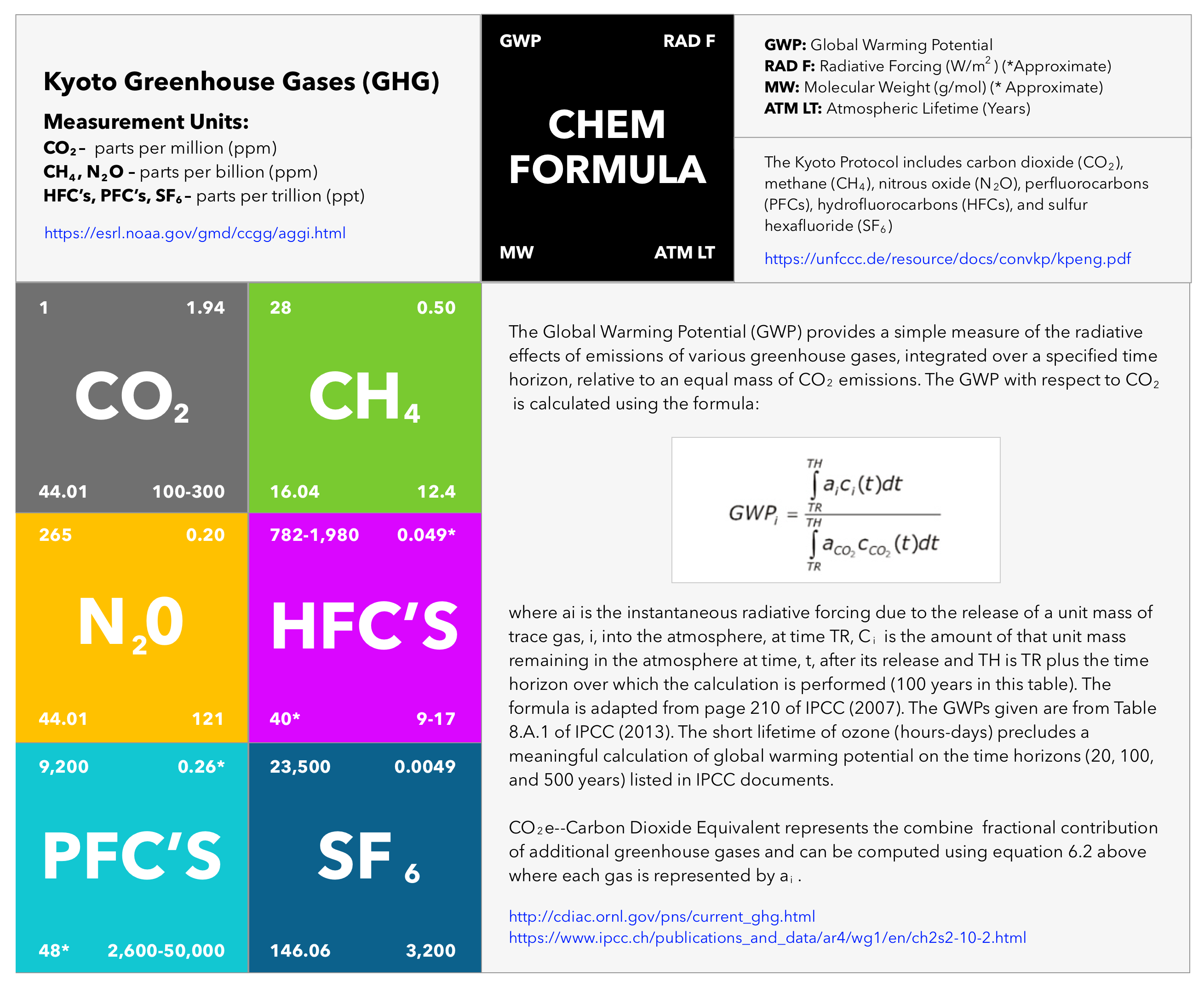
 Indigenous Peoples (IP) Avoided Carbon
Indigenous Peoples (IP) Avoided Carbon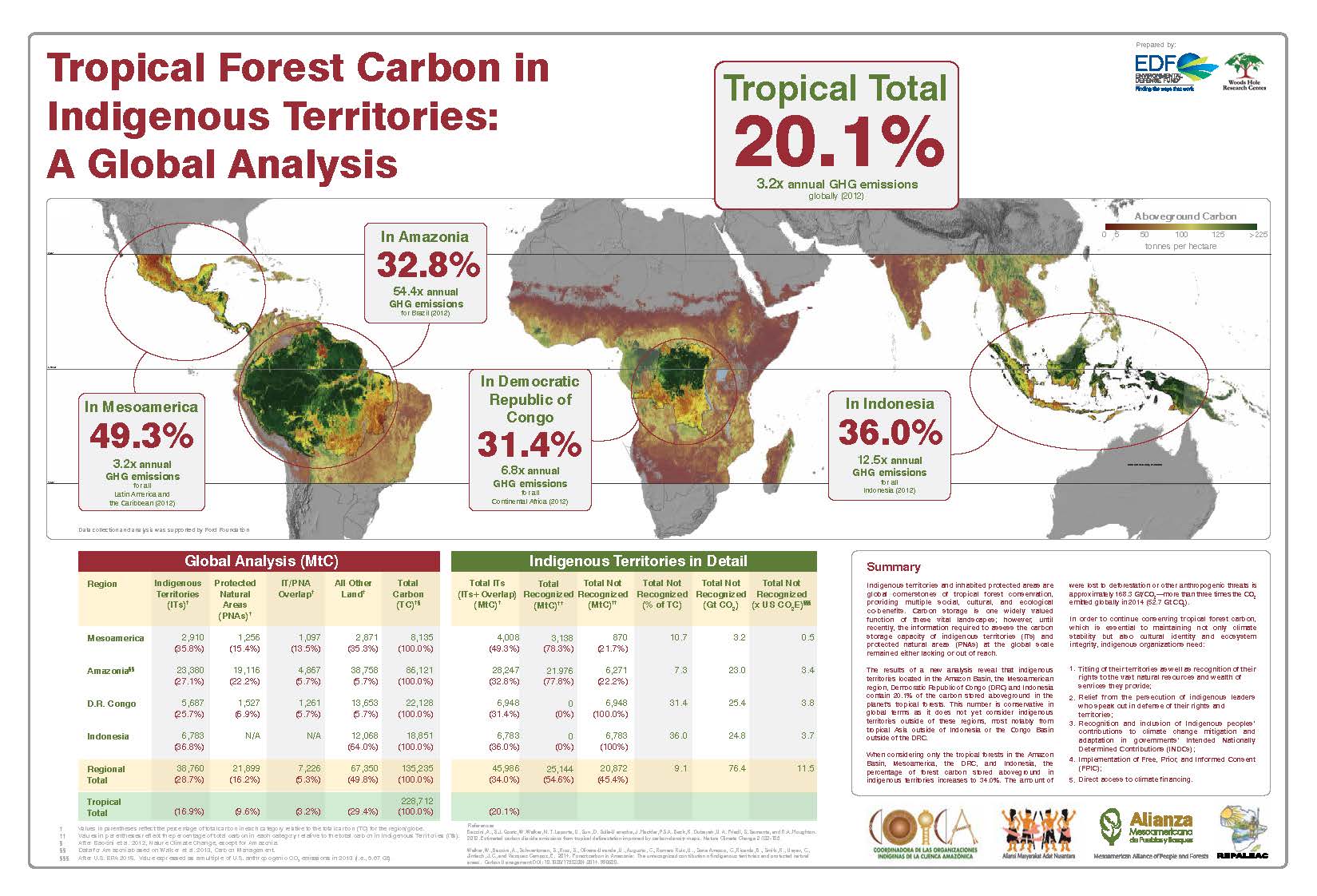
 Improved Forestry Management (IFM) Sequestration
Improved Forestry Management (IFM) Sequestration Afforestation (AF) Sequestration
Afforestation (AF) Sequestration
 Agroforestry (GF) Sequestration
Agroforestry (GF) Sequestration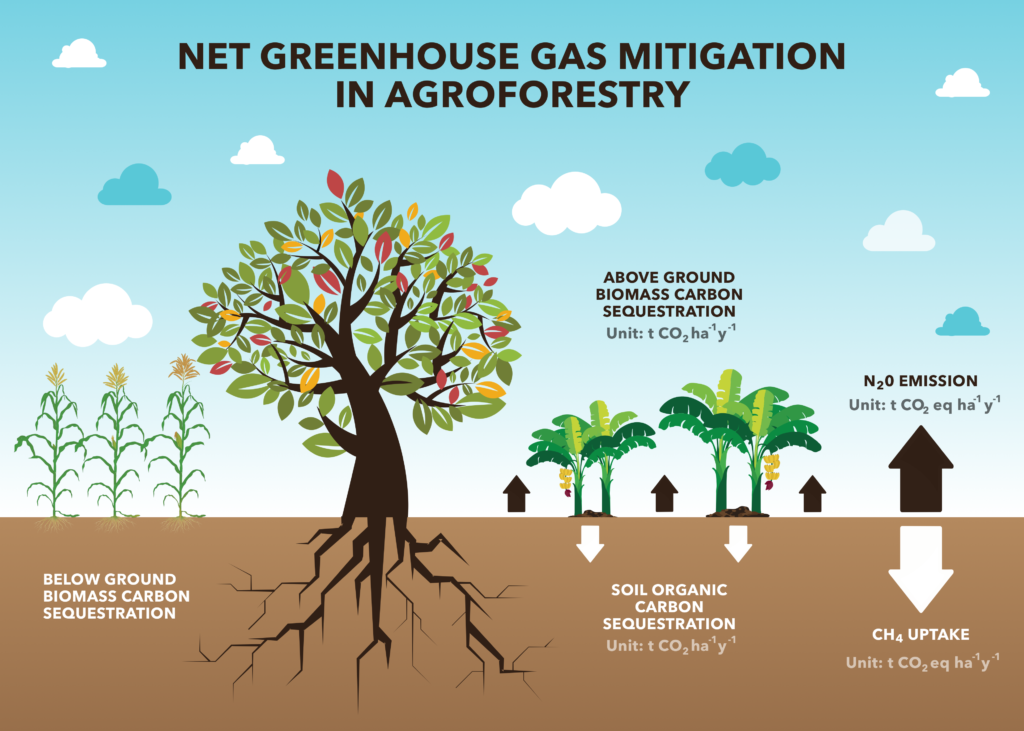

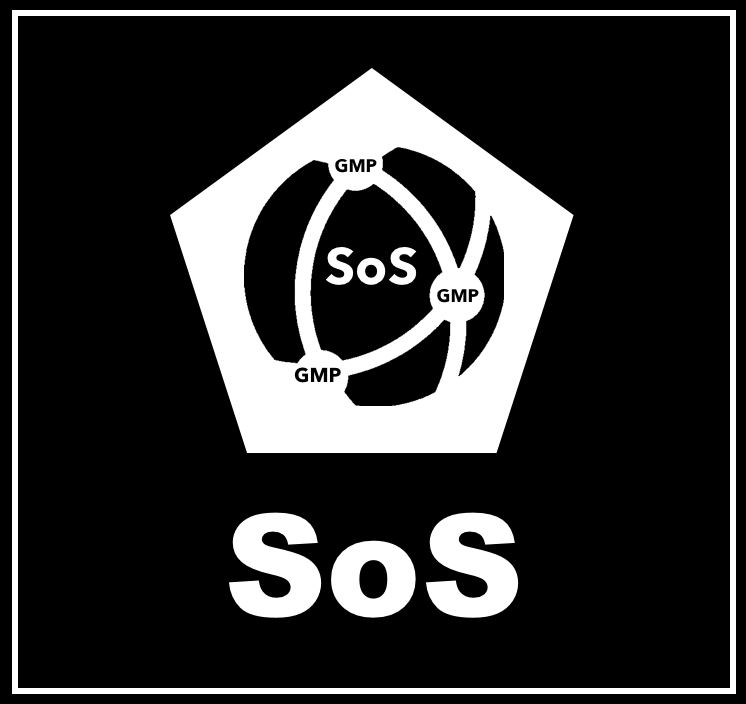 The System of Systems (SoS)
The System of Systems (SoS) QuantumQarbon
QuantumQarbon
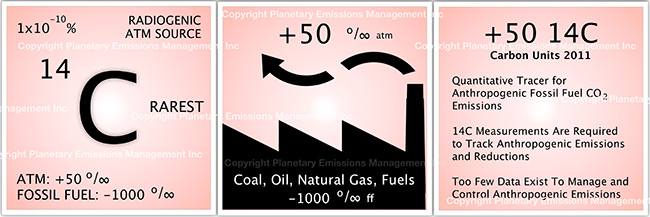
 Carbon isotopic analysis (IA)
Carbon isotopic analysis (IA)

 Carbon Dioxide (CO2)
Carbon Dioxide (CO2) Working Forest Carbon Sequestration
Working Forest Carbon Sequestration Eddy Covariance (EC)
Eddy Covariance (EC) Soil Accumulation Chambers (SAC)
Soil Accumulation Chambers (SAC) Soil gas probes (SGP)
Soil gas probes (SGP) Exsolvation of Dissolved CO2 (CO2(aqueous)) and CH4
Exsolvation of Dissolved CO2 (CO2(aqueous)) and CH4 Vehicle Mounted Fast Response Gas Analyzers (VM)
Vehicle Mounted Fast Response Gas Analyzers (VM) Unmanned Aerial Systems (UAS) and Remote Sensing (RS)
Unmanned Aerial Systems (UAS) and Remote Sensing (RS) A variety of UAS’s may be used in a project to record the status of forest conditions at low altitude (e.g., ~1,000 ft) on a routine basis, when a disturbance has occurred (e.g., hurricane, drought, timber operations) or for surveillance of forest activity by landowners or others accessing the site. Typical capabilities may include spectral imaging of the tree canopy and mapping functions to reveal differences along the flight path over time. In addition, UAS’s may also carry miniaturized gas sensors for CO2, CH4 and other atmospheric gases. The use of remote sensing (RS) for ecological research is well documented covering spectral bands for normalized difference vegetation index (NDVI), leaf evapotranspiration and other features of the biotic and abiotic project area.
A variety of UAS’s may be used in a project to record the status of forest conditions at low altitude (e.g., ~1,000 ft) on a routine basis, when a disturbance has occurred (e.g., hurricane, drought, timber operations) or for surveillance of forest activity by landowners or others accessing the site. Typical capabilities may include spectral imaging of the tree canopy and mapping functions to reveal differences along the flight path over time. In addition, UAS’s may also carry miniaturized gas sensors for CO2, CH4 and other atmospheric gases. The use of remote sensing (RS) for ecological research is well documented covering spectral bands for normalized difference vegetation index (NDVI), leaf evapotranspiration and other features of the biotic and abiotic project area.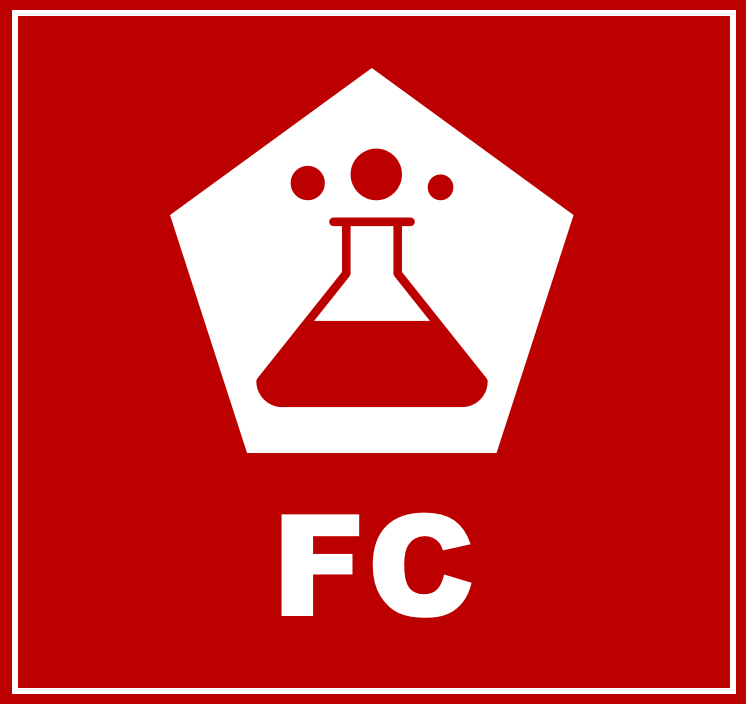 Flask Collection (FC)
Flask Collection (FC) Nitrous Oxide (N2O)
Nitrous Oxide (N2O) Sulfur Hexaflouride (SF6)
Sulfur Hexaflouride (SF6) Tree Plantation
Tree Plantation Perfluorocarbon (PFC)
Perfluorocarbon (PFC) Water Vapor (H2O)
Water Vapor (H2O)